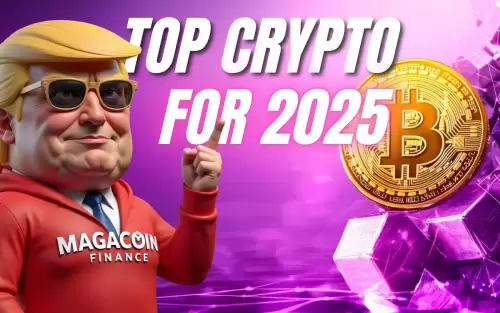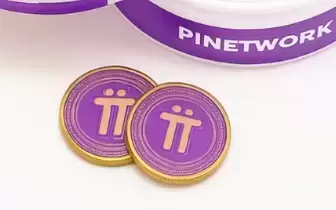 |
|
 |
|
 |
|
 |
|
 |
|
 |
|
 |
|
 |
|
 |
|
 |
|
 |
|
 |
|
 |
|
 |
|
 |
|
Cryptocurrency News Articles
Kaia Files: Will South Korea Embrace a KRW-Pegged Stablecoin?
Aug 04, 2025 at 09:06 am
Kaia's move to introduce a KRW-pegged stablecoin in South Korea signals a potentially revolutionary shift in digital finance, but regulatory hurdles and public trust remain key.

Kaia Files: Will South Korea Embrace a KRW-Pegged Stablecoin?
South Korea's digital finance landscape is heating up with Kaia, a layer-1 public blockchain, making a bold move. They've filed trademark applications for won-pegged digital assets, including "KRWKaia" and "KaKRW." Is this the future of stablecoins in the Land of the Morning Calm? Let's dive in.
KRW Stablecoin: A Game Changer for South Korea?
Imagine a stablecoin specifically designed for the South Korean market, pegged to the won. That's precisely what Kaia is aiming for. This could mean smoother transactions, faster cross-border payments, and seamless integration into the burgeoning DeFi ecosystem. For a tech-savvy nation like South Korea, this could supercharge blockchain adoption across e-commerce and financial services.
Kaia's Local Focus vs. Global Giants
Unlike the USDTs and USDC of the world, Kaia is laser-focused on the KRW. This localized approach allows them to navigate South Korean regulations and cater to specific domestic needs. The KAIA DLT Foundation is working hard to build a platform that's credible, transparent, and scalable. It's like they're saying, "We know Korea, and we know what it needs!"
The Regulatory Road Ahead
Of course, it's not all sunshine and roses. Regulatory clarity is a biggie. South Korean authorities have been cautious about digital assets, and Kaia needs to prove its compliance with reserve management, consumer protection, and anti-money laundering (AML) rules. Plus, they need to win over the public's trust. People need to believe that this stablecoin is secure and easily redeemable.
Visa, Mastercard and Stablecoins: An unexpected alliance?
While Kaia is working hard to create stablecoins in South Korea, the two giants of payments are seeing stablecoins as an asset and not a threat. Visa and Mastercard have handled trillions in payments. Visa CEO Ryan McInerney sees stablecoins as a way to enable faster cross-border transactions for both consumers and businesses. Mastercard CEO Michael Miebach sees the additive nature of stablecoins to the network with opportunities for the company to provide on and off ramps from fiat to stablecoin.
South Korea's Crypto Ambitions Expand
Adding to the buzz, Kookmin Bank (KB) is planning to launch a crypto investment fund, a first for South Korea, offering crypto investment products to retail investors. This includes a crypto index and ETFs, signaling a growing acceptance of digital assets within traditional financial institutions. It seems South Korea is taking measured steps further into the crypto space.
The Global Ripple Effect
If Kaia pulls this off, it could inspire other countries to develop their own fiat-pegged stablecoins. It could also diversify the stablecoin market, which is currently dominated by USD-pegged assets. This could lead to more robust international regulatory frameworks. It is like the world is watching South Korea to see what they will do next.
The Bottom Line
Kaia's initiative is a major step for South Korea's digital finance future. While challenges remain, the potential benefits of a KRW-pegged stablecoin are clear. Enhanced financial inclusion, innovative payment systems, and new DeFi business models are all on the table. The next few months will be crucial in seeing how this plays out with regulators and users.
So, keep an eye on Kaia and South Korea. This could be the start of something big. Who knows, maybe one day we'll all be using KRWKaia to buy our kimchi and K-pop albums!
Disclaimer:info@kdj.com
The information provided is not trading advice. kdj.com does not assume any responsibility for any investments made based on the information provided in this article. Cryptocurrencies are highly volatile and it is highly recommended that you invest with caution after thorough research!
If you believe that the content used on this website infringes your copyright, please contact us immediately (info@kdj.com) and we will delete it promptly.






























































